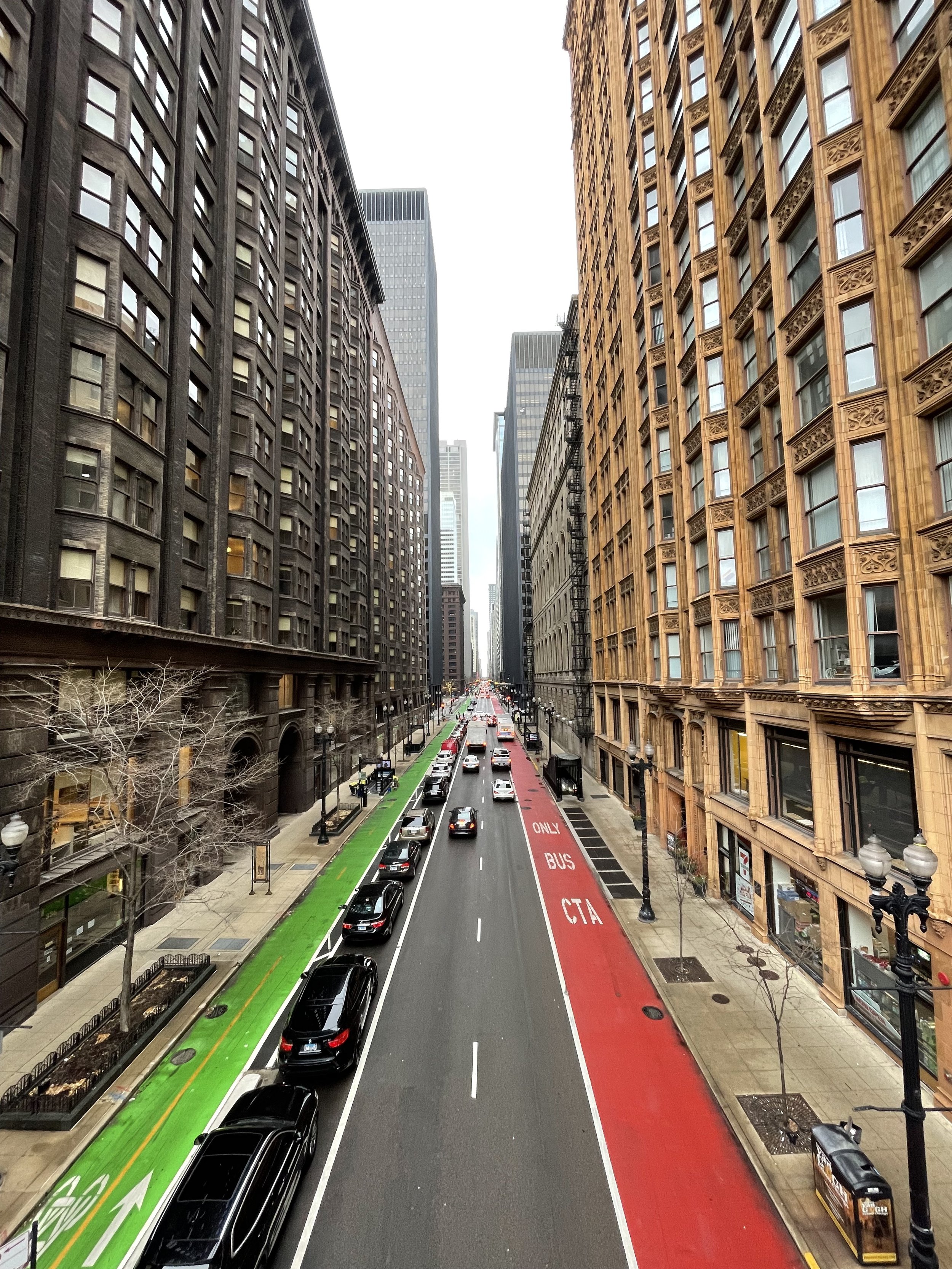Last year at this time I was bemused and irritated at all the folks who claimed to not be able to wait for 2020 to come to an end. I found this silly for several reasons.
First, because the whole idea of a year is a human construct. Though roughly tied to real thing (the amount of time it takes the earth to go around the sun once), it is only an approximation of that cycle, as those who followed the Julian calendar found out to their chagrin. In any case, the new year falling on January one doesn’t even make sense from an astronomical perspective. Shouldn’t the first day of the year be one of the equinoxes or solstices? Personally, I vote for the autumnal equinox since that is close to the new year of me (my birthday) and the birthday of the world (Rosh Hashanah), but the first day of spring probably makes more sense.
Next, the idea of something “bad” like corona virus being contained to a single calendar year is, of course, absurd, as the view from the vantage point a full year later clearly demonstrates. No organisms except humans think that anything ends on December 31 or even know what December is for that matter.
But last and most importantly, the idea that anyone would wish away a moment of the precious little time that we have seems almost sinful.
Last week, I was listening to one of my favorite podcasts, The Tim Ferriss Show. Ferriss is the author of The 4-Hour Workweek: Escape 9-5, Live Anywhere, and Join the New Rich, and a number of other books, none of which I’ve read. His podcasts are long-form conversation (each is an hour or more) with what he calls “high performers” but are really just super interesting people. Ferriss is a great interviewer and pretty interesting himself. (He is using some of his fortune to fund research into medical uses of psychedelics. But last week he posted something unusual. It was not an interview. Rather, it was someone reading a chapter of his book. Here is what Tim writes about the episode in the show notes:
“This special and very short episode requires some back story. Cal Newport, bestselling author of Deep Work, was the first of several people to recommend a book to me called Four Thousand Weeks: Time Management for Mortals by Oliver Burkeman (@oliverburkeman). I recently read the book, devoured it over several days, and captured hundreds of Kindle highlights in the process. It’s quite unlike anything I’ve ever read, and one of my favorite chapters was “Cosmic Insignificance Therapy.” Even by itself, this chapter left me with a profound sense of calm that lasted several days.”
I highly recommend this episode, which you can read or listen to here. It is just 20 minutes long.
I was intrigued by a number of things in this short piece but most of all by the idea that someone who achieves the biblical “Four score if granted the vigor” years of life, that is to say lives to age 80, will live just around 4,000 weeks. However, rather than be intimidated by this thought and feeling that we must achieve something of lasting significance during this short time, Burkeman suggests that in context of the lifetime of the universe or even in the course of human history, little or nothing that any human being accomplishes will be of any significance whatsoever or even remembered 50 years hence. In human history there are few Aristotles, Elizabeths, or Einsteins, and I (and likely you) won’t be one of them. Even Einstein himself will be irrelevant (irrelative?) long before the last bit of light leaves our sun for its journey toward infinity.
This, to me, is an incredibly liberating idea. It means that I need not worry about whether I am creating a legacy (I’m not), whether any part of my life’s work or words will last longer than an eyeblink (they won’t). And though this realization could give one a sense of futility, it just might help one focus on the true task at hand: to live each day in a way that is meaningful to you and those around you. Rather than feel one needs to write the great American novel, one might just pen a few thoughts and send it out to a few friends. Just taking care of the ones you love or calling a friend might be enough contribution for today.
It also means that we don’t need to “return to normal,” to a world the way it was before Covid 19 in order to have a meaningful life. Although it is natural and understandable to feel frustrated about the things we imagine we can’t do, there is still a lot we can do in the days we are given. If we are able to focus our attention on those things, our four thousand weeks will fly by fast enough. No need to wish them away. For those who have lost loved ones or had their own health impacted by Covid, there is no compensation. But then, what compensation has there ever been to hardship except the lessons it offers and perhaps another day to live? If you are lucky enough to have one, you have all there is.


